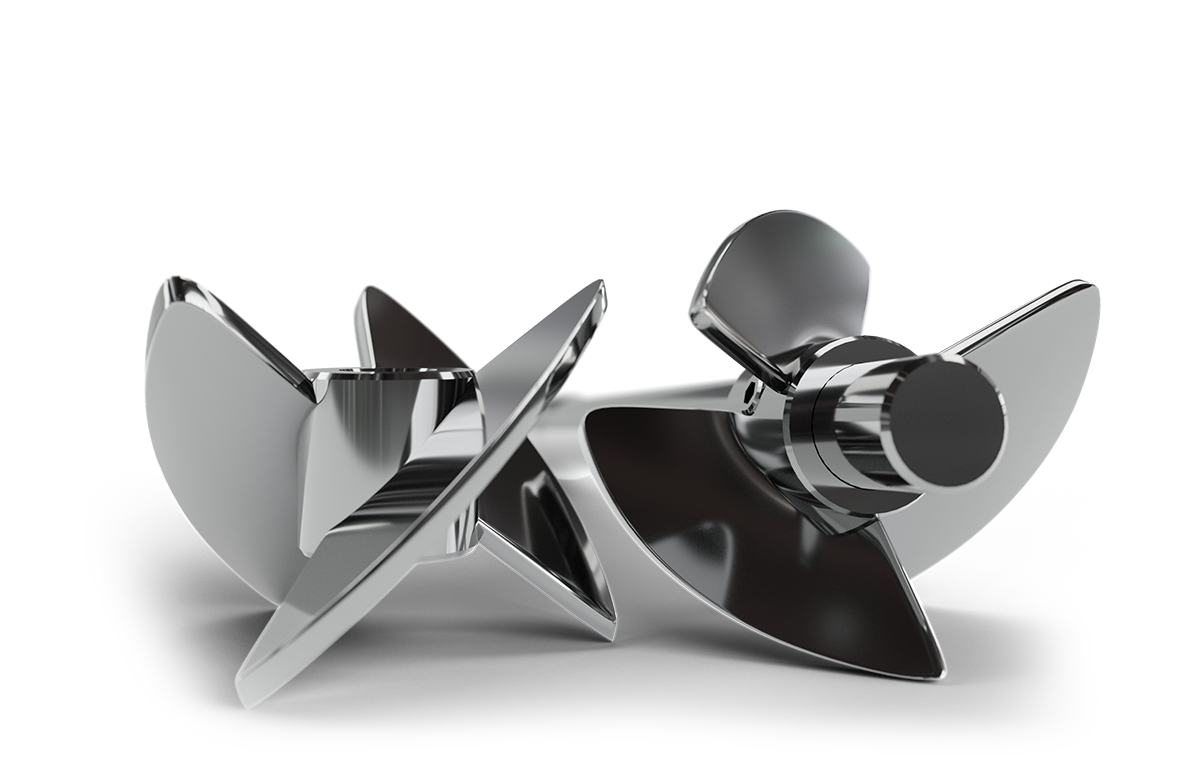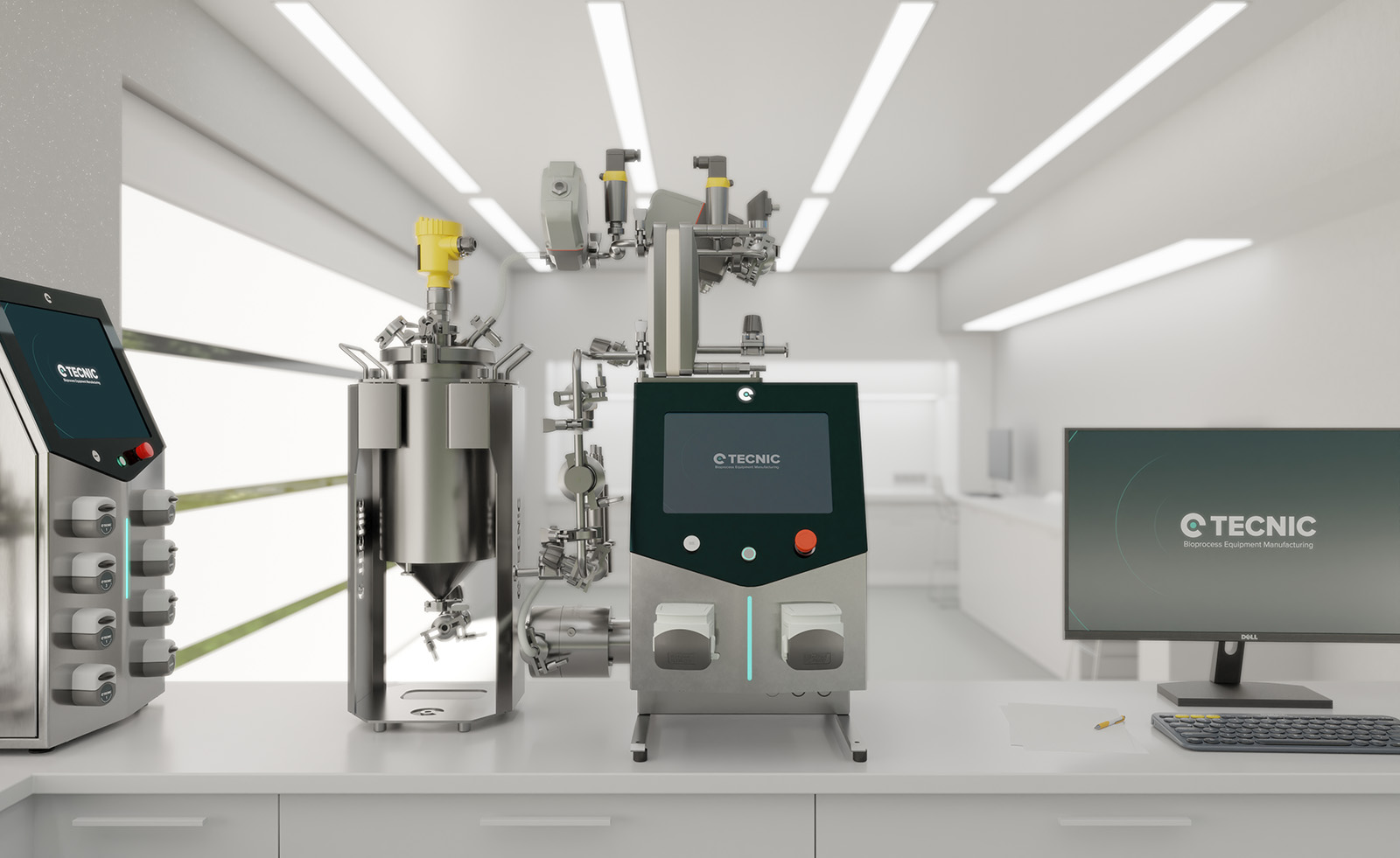Genetic engineering is a field within biotechnology focused on modifying the DNA of living organisms. DNA is like an instruction manual that determines how each living being functions, from bacteria to humans. Thanks to genetic engineering, scientists can change that manual to enhance certain traits, correct disease-causing errors, or make organisms produce beneficial substances like enzymes or vitamins. This science is transforming many areas of daily life and plays a key role in the future of medicine and sustainability.
What is genetic engineering?
Genetic engineering uses highly precise tools to alter the DNA of a living organism. Scientists can cut out faulty sections of DNA, replace them with improved versions, or insert entirely new genes. All of this is done in specialized laboratories at a microscopic scale, inside cells. It’s a complex process, but it is carefully controlled to achieve specific outcomes.
These modifications make it possible to develop plants resistant to diseases or extreme climate conditions, bacteria that produce medicines like insulin, animals with improved health, and therapies that can target genetic diseases at their root.

What is genetic engineering used for?
Genetic engineering has countless applications across various fields. Some of the most important include:
Medicine: This technology allows for the production of human insulin in safer and more affordable ways. It’s also behind the development of next-generation vaccines and treatments that repair inherited diseases directly in the patient’s DNA. In addition, genetically modified cells are being used to target cancer, opening the door to new treatment approaches.
Agriculture: Genetically modified crops (GMOs) are more resistant to drought, pests, and chemicals. This not only boosts food production but also reduces the need for pesticides and helps protect the environment.
Industry: Genetically modified bacteria and fungi are used to produce useful compounds like biodegradable plastics, cleaner fuels, enzymes for cleaning products, and other key industrial materials. These processes are more sustainable, reduce environmental impact, and improve industrial efficiency.
Scientific research: Genetic engineering techniques help scientists better understand how genes work, study diseases, and test new treatments without relying directly on human or animal testing.
Tools used in genetic engineering
To carry out genetic modifications, scientists rely on highly advanced and precise tools. Some of the most well-known are:
CRISPR-Cas9: A revolutionary tool that acts like molecular scissors, cutting DNA at specific points to modify it. It's fast, cost-effective, and highly accurate, one of the most significant advances in modern biotechnology.
Viral vectors: These are viruses that have been modified to deliver new genes into cells without causing disease. They are commonly used in gene therapy to treat inherited disorders.
Plasmids: Small circular DNA molecules introduced into bacteria to make them produce substances of interest. They are widely used in labs due to their ease of use.
Challenges and concerns
Although genetic engineering offers many benefits, it also presents important challenges:
Ethical questions: Modifying DNA, especially in humans, raises debate. Many believe there should be limits to avoid misuse or social inequality, particularly when it comes to editing human embryos.
Environmental impact: Genetically modified organisms must be used with caution to avoid harming ecosystems or other species. That’s why strict laws and regulations exist.
Unequal access: Not all countries or communities have the same access to these technologies, which can widen the gap between wealthier and poorer regions.
What’s coming in the future
Genetic engineering is advancing rapidly, becoming more precise and accessible. It is increasingly being used in personalized medicine, where a patient's genetic profile is used to design tailored treatments. This could transform how we treat diseases like cancer, diabetes, and rare genetic conditions.
It’s also expected to help tackle global challenges like climate change, developing plants that absorb more CO₂ or bacteria that clean up contaminated soils, for example.
Companies like TECNIC are working to ensure these technologies can be applied safely, efficiently, and at scale. Their solutions support laboratories and biopharmaceutical manufacturers in developing innovative products based on genetic modification while meeting the highest quality standards.
Conclusion
Genetic engineering is a powerful tool that is transforming the world on many levels. It allows us to treat diseases in ways once thought impossible, improve food production, protect the environment, and better understand life itself. As these technologies evolve, it is essential to use them responsibly, yet with vision. At TECNIC, we believe strongly in the power of biotechnology to improve the world, and we work every day to ensure genetic engineering serves health, science, and sustainability.
Frequently Asked Questions (FAQ)
It’s the process of modifying an organism’s DNA to improve traits, correct mutations, or produce useful substances.
It allows direct changes to DNA, while traditional breeding relies on natural selection and takes more time.
It’s used in medicine, agriculture, industry, and research to treat diseases, improve crops, and create sustainable materials.
Yes, but it’s strictly regulated and laws vary by country.
Current evidence shows they are safe to eat and can reduce pesticide use and environmental impact.










